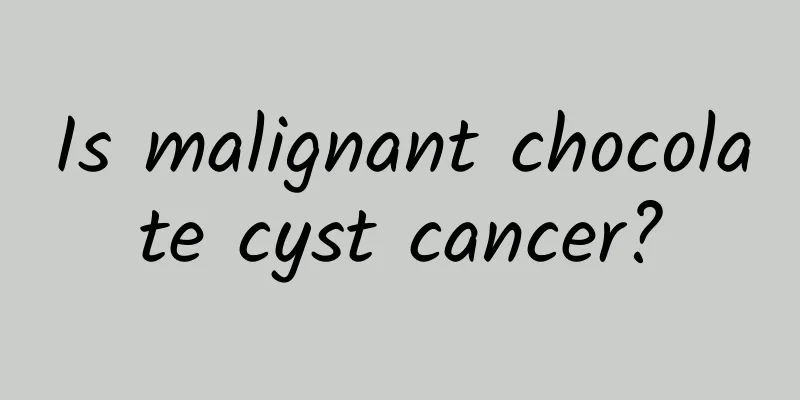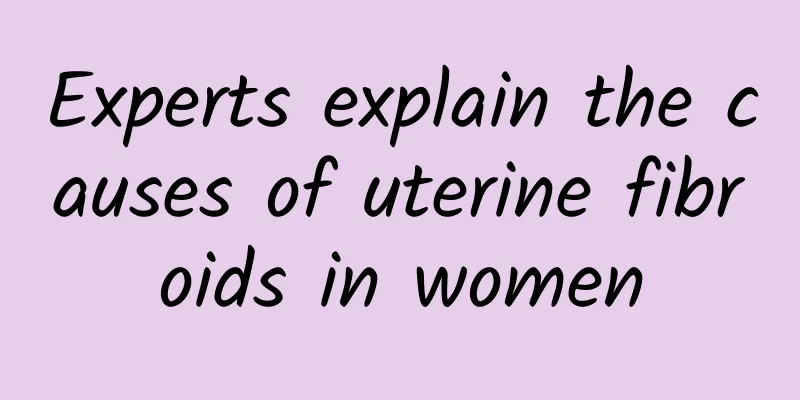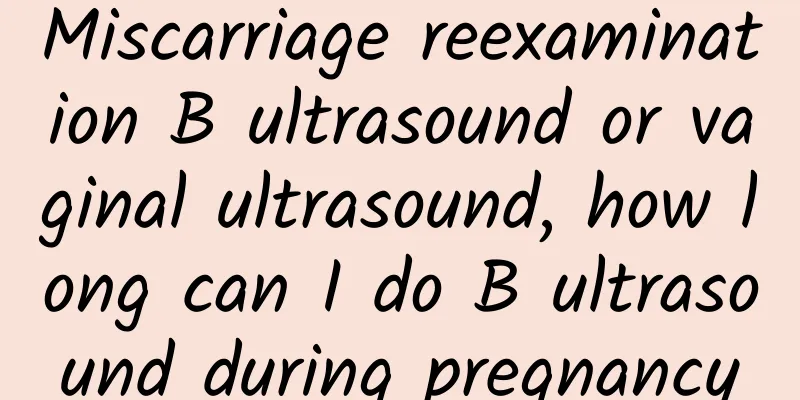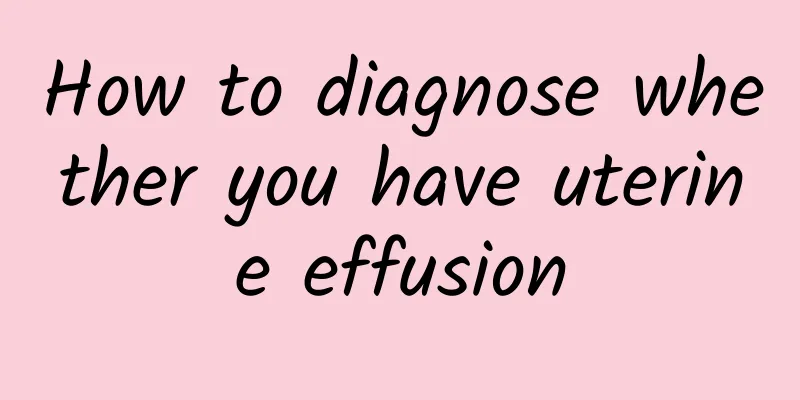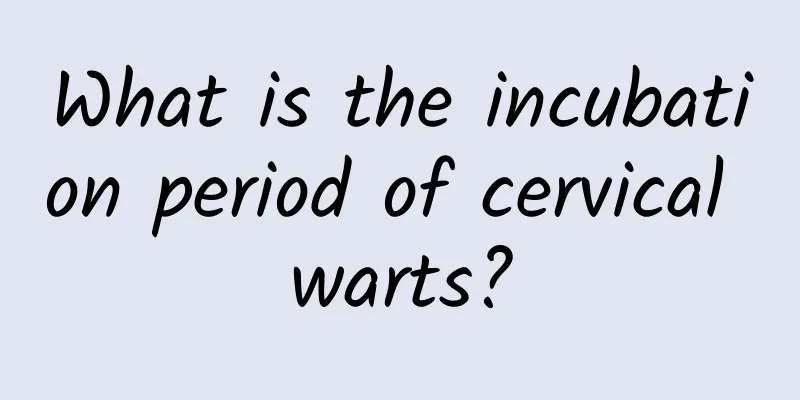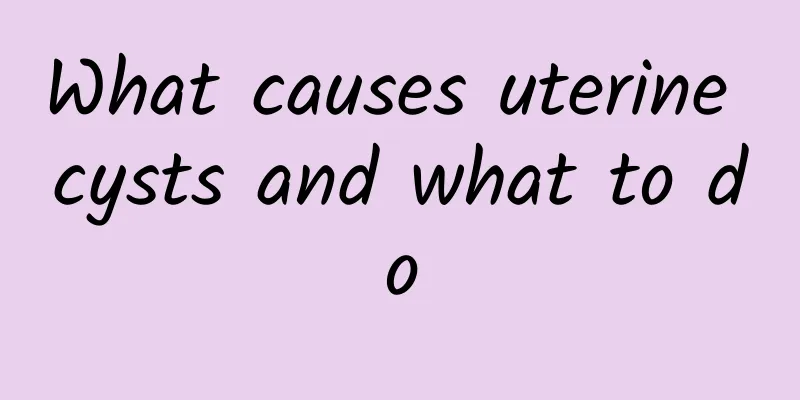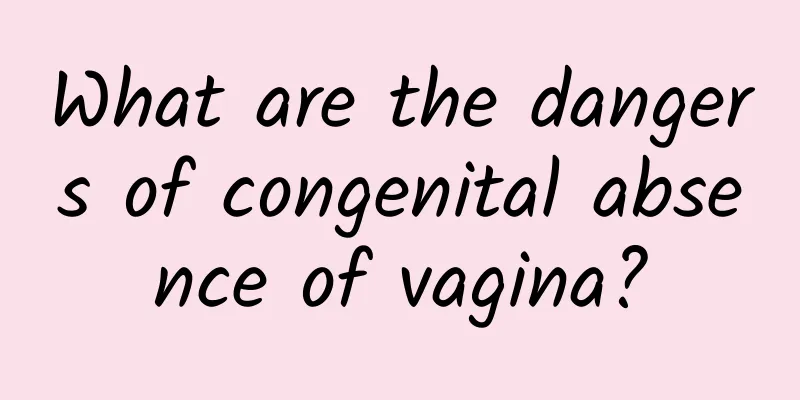Pesticide-toxic fruit and vegetable controversy: The pass rate is nearly 95%
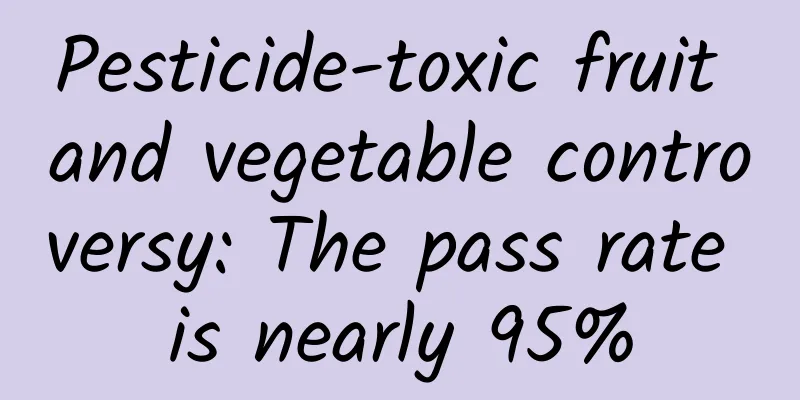
|
On the 24th, Greenpeace announced the results of random inspections of fruits and vegetables in six major supermarkets and stores across the country, and found that a total of 20 samples of fruits and vegetables were found to have pesticide residues, accounting for 55% of the sampling proportion. Some of the fruits and vegetables were even found to contain Class I toxic pesticides as announced by the World Health Organization (WHO). In response to this, the Bureau of Plant and Animal Husbandry and Inspection of the Council of Agriculture issued a clarification in the evening, emphasizing that among the inspection results reviewed and published by the Bureau, only grapefruit (RT-Mart in Chiayi) and oranges (PX Union in Luodong) were found to contain one type of pesticide each, exceeding the safety standards set by the Department of Health. Therefore, the overall pass rate this time was nearly 95%, which is completely inconsistent with the data released by green organizations. Greenpeace announced the results of random inspections of fruits and vegetables in six major supermarkets and stores across the country, and the Council of Agriculture's Plant Health Inspection and Quarantine Bureau provided clarification. Greenpeace held a press conference this morning to announce the results of random inspections of fruits and vegetables conducted in February this year in six supermarkets and stores, including RT-Mart, Carrefour, PX Mart, A-Mart, Dinghao and Songqing. The sampling results showed that these six supermarkets were found to be selling fruits and vegetables containing reproductive toxic pesticides. The pesticide "Befenti", which has been confirmed by the European Union to harm the fetus, was found in fruits and vegetables from A-Mart, Songqing, Dinghao, RT-Mart and Carrefour, while fruits and vegetables from PX Mart were found to contain "Damidofen", which can cause infertility. In addition, PX tangerines and Dinghao Chinese chrysanthemums were found to contain "Cabo-Fu", which is the "Good Winter" commonly seen in Taiwan. Because it can have serious impacts on farmers, consumers and the ecology, it has been listed as a Class I toxic pesticide by the WHO. Among the items sampled, a total of 8 items of fruits and vegetables were found to contain residues of more than 3 types of pesticides. Greenpeace Agriculture Project Director Tsai Si-ting said that even if the dosage of pesticides is not high, the mixture of multiple pesticides will produce a "cocktail effect", which is far more harmful to the human body than a single pesticide. In the evening, Fei Wenqi, deputy director of the Bureau of Plant and Vegetable Inspection and Quarantine of the Council of Agriculture, urgently made a clarification. She said that 36 samples of fruits and vegetables were randomly inspected, 20 of which were found to contain pesticide residues. Some media reports that used the detection rate (55%) to represent the unqualified rate may be misleading. According to the inspection results released by the Bureau of Animal Husbandry and Plant Health Inspection and Quarantine, only grapefruit (RT-Mart in Chiayi) and oranges (PX Union in Luodong) were found to have one type of pesticide each exceeding the safety standard set by the Department of Health, so the overall pass rate this time was nearly 95%. In addition, regarding the two samples of carambola (Tainan Aimai) and golden jujube (Kaohsiung Songqing), which were found to contain two types of pesticides (xeronine and acetazolone), violating the "not to be detected" regulations, it was found that the organization cited the wrong standards (the legal allowable amount of xeronine for carambola is 1ppm; acetazolone for carambola is 0.5ppm; acetazolone for golden jujube is 3ppm), and they should all be qualified products. At the same time, regarding the detection of three highly toxic pesticides, the Bureau of Plant Health Inspection and Quarantine reiterated that highly toxic pesticides are not banned pesticides and cannot be used. Their registration requires a safety and effectiveness evaluation process, and if used correctly, they will not pose a food risk. The Bureau has been gradually carrying out evaluation and elimination operations. As for the "cocktail effect" mentioned above, the detection of multiple pesticides in some samples may cause a "cocktail effect". Since our country's procedures and practices for formulating acceptable levels of pesticide residues are similar to those of the Codex Alimentarius Commission and advanced countries such as Europe and the United States, the assessment is based on the maximum allowable daily ADI intake of a single pesticide and the actual residue in the field, and the total amount is controlled. If multiple pesticide residues on the same crop meet safety standards, there should be no doubt about its safety. |
<<: Weight Loss Action Diary Taipei Weight Management APP is launched
>>: Quitting smoking makes you fat? Doctor: It is reasonable to recover 2-3 kg from morbidly thin
Recommend
What to do for hyperprolactinemia
Hyperprolactinemia is a common prolactin, which m...
Elderly women should be alert to vaginitis in autumn and winter
Autumn and winter are the peak seasons for vagini...
What are the dietary remedies for Bartholinitis?
For adult women, gynecological diseases have alwa...
Experts suggest not to be too harsh on uterine fibroids
In recent years, the incidence of some diseases h...
Experts explain to you what is vulvar leukoplakia
Many patients diagnosed with vulvar leukoplakia o...
Experts explain how to properly arrange the diet for cervical erosion
For patients with cervical erosion, it is necessa...
Several common symptoms of tuberculous pelvic inflammatory disease
It is very necessary for female friends to unders...
What are the symptoms of ectopic pregnancy?
Ectopic pregnancy is a common disease, and the nu...
Causes of uterine fibroids
Among gynecological diseases, uterine fibroids ar...
How long after medical abortion can you have sex? What are the precautions?
There are many ways for women to choose abortion,...
Can an ectopic pregnancy be inside the ovary?
Ectopic pregnancy can occur in the ovaries, but i...
Protruding belly and skyrocketing weight, beware of false hunger and learn 6 ways to overcome it
Are you always troubled by the circles of fat on ...
What are the methods for treating vaginitis? In fact, these methods are more effective
What are the methods for treating vaginitis ? In ...
What is the reason for abdominal pain after abortion? You must know these questions
Generally speaking, women will have abdominal pai...
Adding a little salt to yogurt will increase the amount of lactic acid bacteria and help you lose weight faster? Doctor: The truth is out~
You've been suffering from constipation latel...

